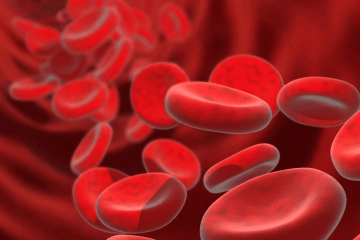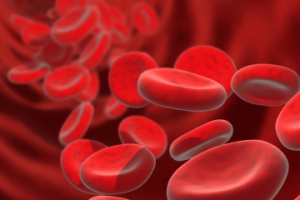The spread of communicable diseases, especially bloodborne pathogens, leads to extreme health issues, including viruses such as Human Immunodeficiency Virus (HIV) and Hepatitis B Virus (HPB). While the odds of contracting these viruses can be slim, statistics on contraction can vary dramatically when occupation, lifestyle choices, and location are taken into consideration. Do you know if you are at risk for viruses like these? A simple course in bloodborne pathogen control can give you the knowledge you need to know how to prevent the spread of bloodborne pathogens as well as how to protect yourself and your loved ones.
There are very simple ways to ensure that you are protected from communicable diseases. Personal protective equipment, knowledge of what to avoid, and the right sterilization products can keep you and those around you safe from contracting potentially lethal viruses. All bloodborne pathogens courses cover these details in depth so you can be sure you have all the information necessary to stay protected. Many courses also cover information dealing with airborne pathogens and other communicable diseases that could be transmitted various ways, giving you an excellent range of knowledge regarding your personal health.
If you are interested in learning more about how to stop the spread of bloodborne pathogens or other communicable diseases, SimpleCPR offers a well-rounded, online bloodborne pathogens course that covers a wide range of communicable diseases and how to prevent their contraction, as well as how to assess your risk for contraction, and where to find vaccines or legal help if communicable diseases are a risk factor at your workplace. It is extremely important to have knowledge that can keep you and your loved ones safe in the event that emergency situations bring them into contact with potentially life-threatening communicable diseases.
To learn more about SimpleCPR’s bloodborne pathogens online course and to learn how to stop the spread of bloodborne pathogens, visit www.SimpleCPR.com.



